Home>Ideas and Tips>Restoring A Yard With Native Plants For Local Wildlife
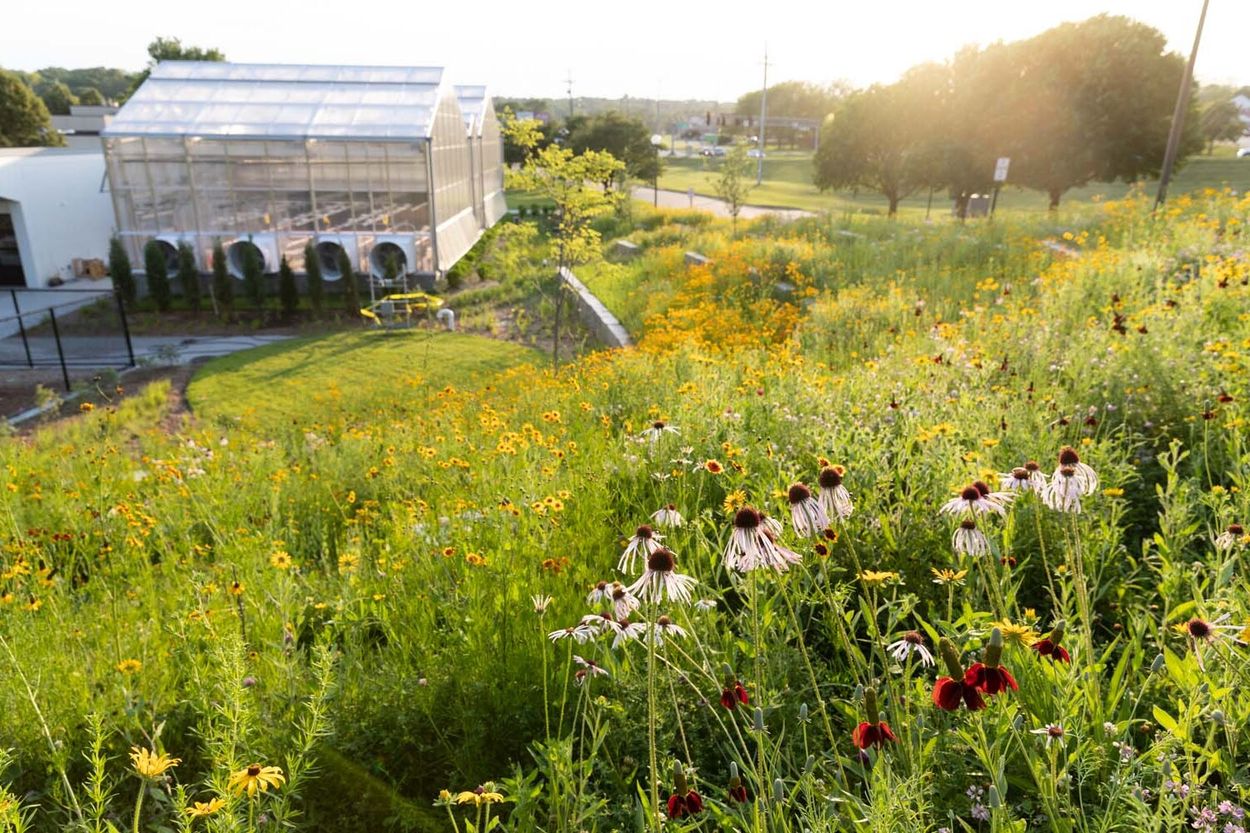

Ideas and Tips
Restoring A Yard With Native Plants For Local Wildlife
Published: November 1, 2024
Transform your yard into a wildlife haven with native plants. Learn benefits, selection tips, and planting techniques for a thriving, low-maintenance garden.
(Many of the links in this article redirect to a specific reviewed product. Your purchase of these products through affiliate links helps to generate commission for Storables.com, at no extra cost. Learn more)
Restoring your yard with native plants is one of the most effective ways to create a haven for local wildlife. Native plants have evolved over thousands of years to thrive in your specific region's climate, soil, and weather conditions. This means they require less maintenance, use fewer resources, and provide a natural habitat for native animals. In this article, we will explore the benefits of using native plants in your yard restoration project and provide practical tips on how to choose and plant them.
Benefits of Native Plants
Low Maintenance
Native plants are adapted to the local environment, which means they need less water, fertilizers, and pesticides. This reduces the amount of time and money you spend on yard maintenance. For example, native grasses and wildflowers can tolerate drought and require less watering compared to non-native species.
Wildlife Habitat
Native plants provide essential food, shelter, and breeding grounds for local wildlife. By planting native species, you are creating a natural ecosystem that supports biodiversity. This can include everything from birds and bees to butterflies and small mammals.
Soil Health
Native plants have deep root systems that help stabilize soil and prevent erosion. They also contribute to soil health by adding organic matter through their leaves and roots. This improves the overall fertility of your soil, making it more resilient to extreme weather conditions.
Climate Resilience
Native plants are more resilient to local climate conditions such as temperature fluctuations, rainfall patterns, and extreme weather events like droughts or floods. This makes them better equipped to handle the changing climate compared to non-native species.
Aesthetic Appeal
Native plants often have unique shapes, colors, and textures that add beauty and character to your yard. They can create stunning displays of color during different seasons, making your garden a year-round attraction.
Community Engagement
Planting native species can be a community-building activity. You can involve neighbors, friends, or local organizations in the process of selecting and planting native plants. This fosters a sense of community pride and responsibility towards environmental conservation.
Read more: How To Design Your Yard With Native Plant
Choosing Native Plants
Selecting the right native plants for your yard involves considering several factors:
Climate Zone
Different regions have unique climate zones with varying temperature ranges, rainfall patterns, and sunlight exposure levels. Ensure that you choose plants suitable for your specific climate zone.
Soil Type
Native plants thrive in specific types of soil ranging from acidic to alkaline conditions. Test your soil type before planting to ensure compatibility with the chosen species.
Sunlight Exposure
Different plants require different levels of sunlight exposure ranging from full sun (6+ hours) to partial shade (4-6 hours). Choose plants that match the amount of sunlight your yard receives.
Moisture Levels
Some native plants prefer moist conditions while others thrive in dry environments. Assess the moisture levels in your yard before selecting plants that can handle it.
Seasonal Interest
Select plants that offer seasonal interest such as blooming flowers in spring or fall foliage colors in autumn. This ensures that your garden remains visually appealing throughout the year.
Pollinator Support
Many native plants are pollinator-friendly, providing nectar and pollen for bees, butterflies, and other pollinators essential for plant reproduction.
Local Availability
Choose plants that are readily available locally from nurseries or online suppliers who specialize in native species.
Diversity
Planting a variety of native species ensures a diverse ecosystem that supports multiple types of wildlife.
Invasive Species Prevention
Be cautious not to introduce invasive species which could harm local ecosystems by outcompeting native plants for resources or altering habitats.
Consult Local Experts
Consult local experts such as botanists, horticulturists, or wildlife biologists who have extensive knowledge about native plants specific to your region.
Planting Native Plants
Once you have selected the right native plants for your yard restoration project, it's time to plant them:
Prepare Soil
Before planting, prepare the soil by removing any debris or weeds that might compete with new growth.
Dig Properly
Dig holes slightly larger than the root ball of each plant ensuring enough space for proper root growth without compacting soil around roots.
Water Properly
Water newly planted native species thoroughly after planting but avoid overwatering which could lead to root rot especially during initial stages after transplanting.
Mulch Around Plants
Mulching around newly planted native species helps retain moisture while suppressing weeds preventing competition from unwanted growths around newly transplanted specimens ensuring healthy establishment phase without unnecessary stressors affecting overall success rate significantly impacting long-term sustainability goals ultimately benefiting entire ecosystem positively contributing towards environmental conservation efforts globally locally alike!
Monitor Progress Regularly
Regular monitoring helps identify potential issues early on allowing timely interventions necessary maintaining optimal health conditions promoting vigorous growth development stages ensuring maximum benefits derived ultimately enhancing overall aesthetic appeal while supporting biodiversity initiatives effectively!
Maintain Minimal Intervention Policy
Adopting minimal intervention policy reduces unnecessary disturbances minimizing potential negative impacts associated frequent maintenance activities ensuring natural processes unfold unhindered promoting self-sustaining ecosystems capable adapting changing environmental conditions resiliently thriving long-term basis!
Encourage Natural Processes
Allowing natural processes unfold unhindered encourages beneficial interactions between various components within complex web life forms present native ecosystems fostering harmonious coexistence promoting balance equilibrium essential maintaining ecological integrity preserving biodiversity heritage future generations inherit appreciate cherish responsibly sustainably!
Educate Others About Importance Native Plants
Educating others about importance native plants raises awareness importance role they play supporting local wildlife habitats contributing towards broader environmental conservation efforts inspiring others adopt similar practices enhancing collective impact positively influencing communities globally locally alike!
Incorporate Educational Elements Into Design
Incorporating educational elements into design makes learning fun engaging experience visitors learn about importance native plants role they play supporting local wildlife habitats contributing towards broader environmental conservation efforts inspiring others adopt similar practices enhancing collective impact positively influencing communities globally locally alike!
Celebrate Successes Along Way
Celebrating successes along way acknowledges hard work dedication involved restoring yard native plants recognizing achievements made towards creating haven local wildlife habitats contributing towards broader environmental conservation efforts inspiring others adopt similar practices enhancing collective impact positively influencing communities globally locally alike!
Conclusion
Restoring your yard with native plants is not only beneficial for local wildlife but also enhances aesthetic appeal while reducing maintenance costs significantly contributing towards broader environmental conservation efforts globally locally alike By choosing right plants considering factors like climate zone soil type sunlight exposure moisture levels seasonal interest pollinator support local availability diversity invasive species prevention consulting local experts preparing soil digging properly watering mulching monitoring maintaining minimal intervention policy encouraging natural processes educating others incorporating educational elements celebrating successes along way you'll be well-equipped create thriving haven supporting biodiversity initiatives effectively sustainably responsibly!
Remember every small step counts towards making significant difference positively impacting environment around us ensuring healthier happier planet future generations inherit appreciate cherish responsibly sustainably forevermore
Was this page helpful?
At Storables.com, we guarantee accurate and reliable information. Our content, validated by Expert Board Contributors, is crafted following stringent Editorial Policies. We're committed to providing you with well-researched, expert-backed insights for all your informational needs.
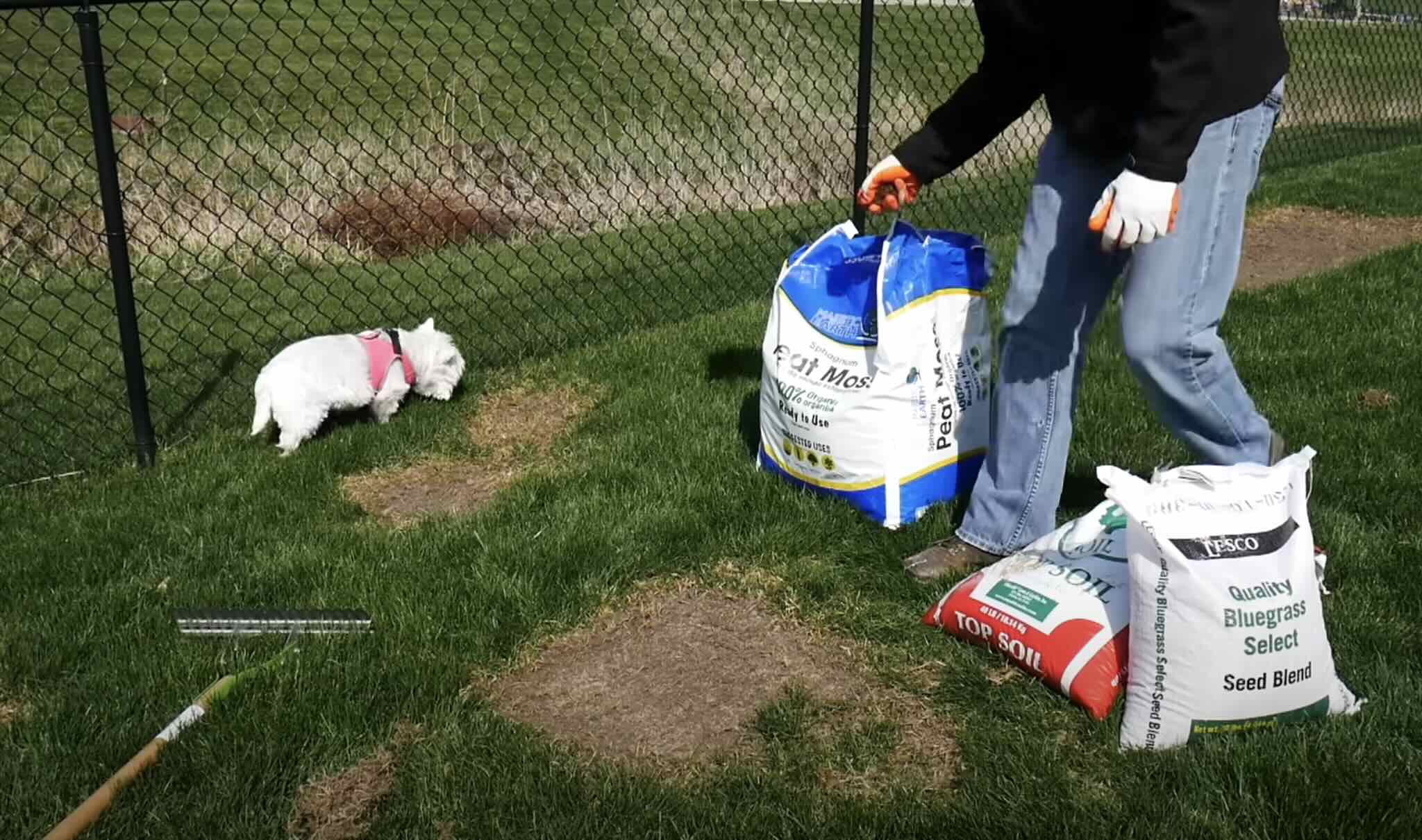
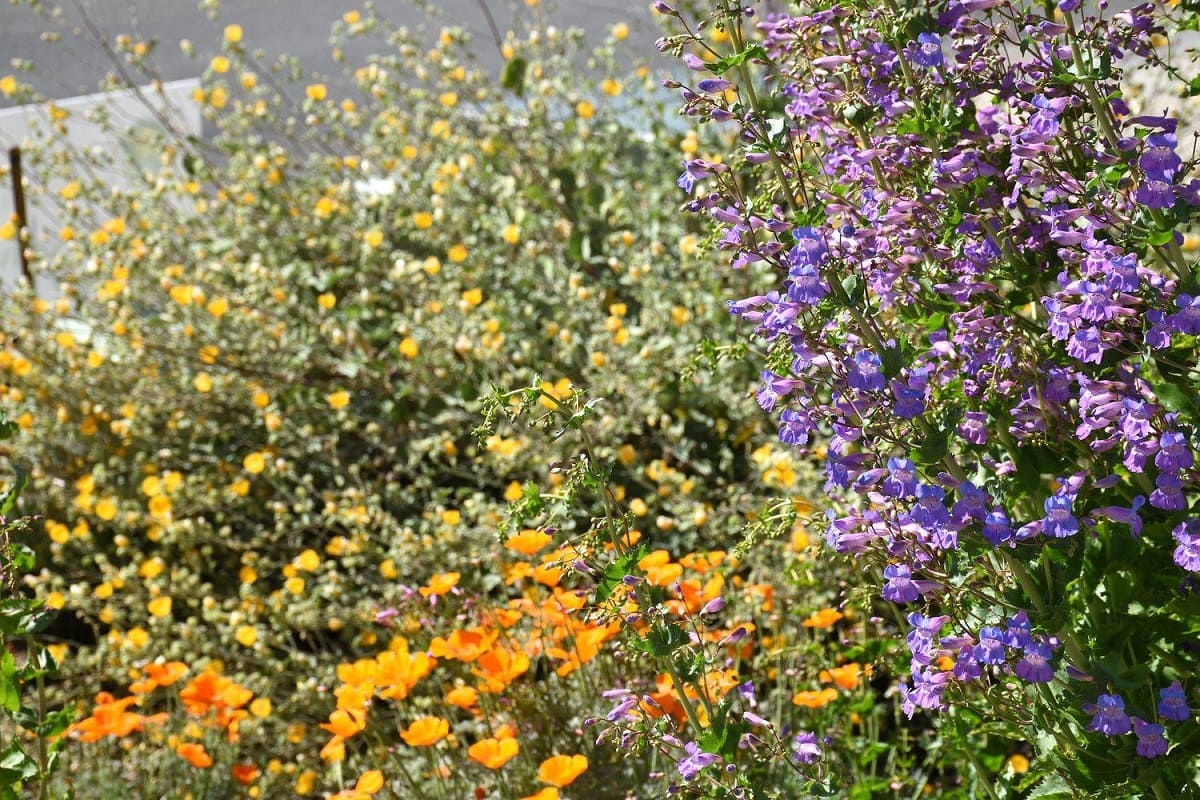
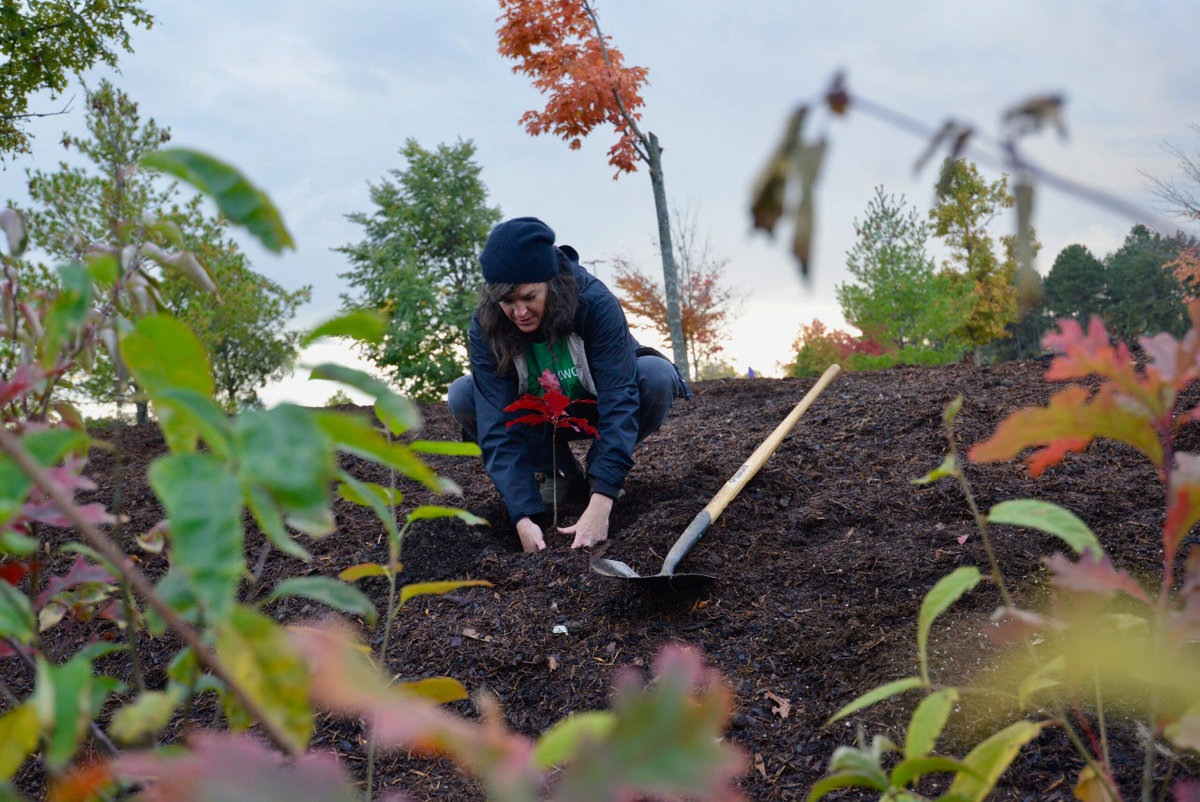
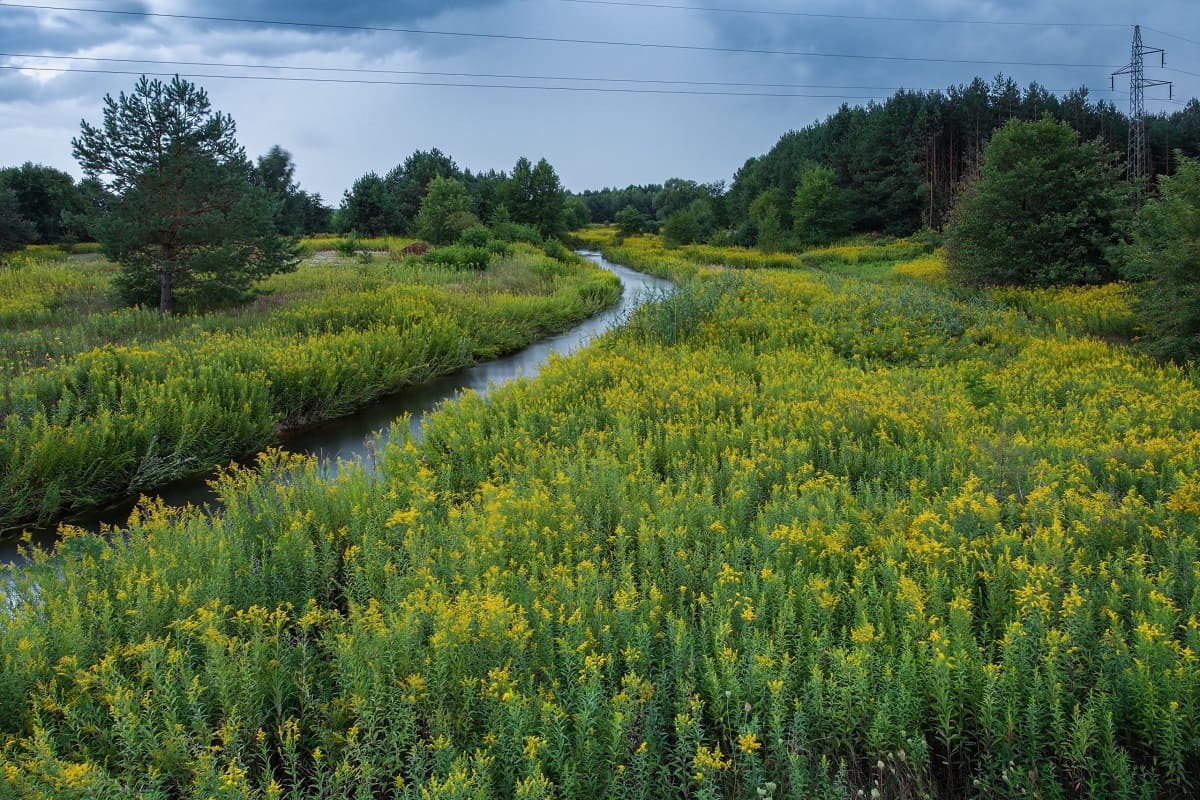
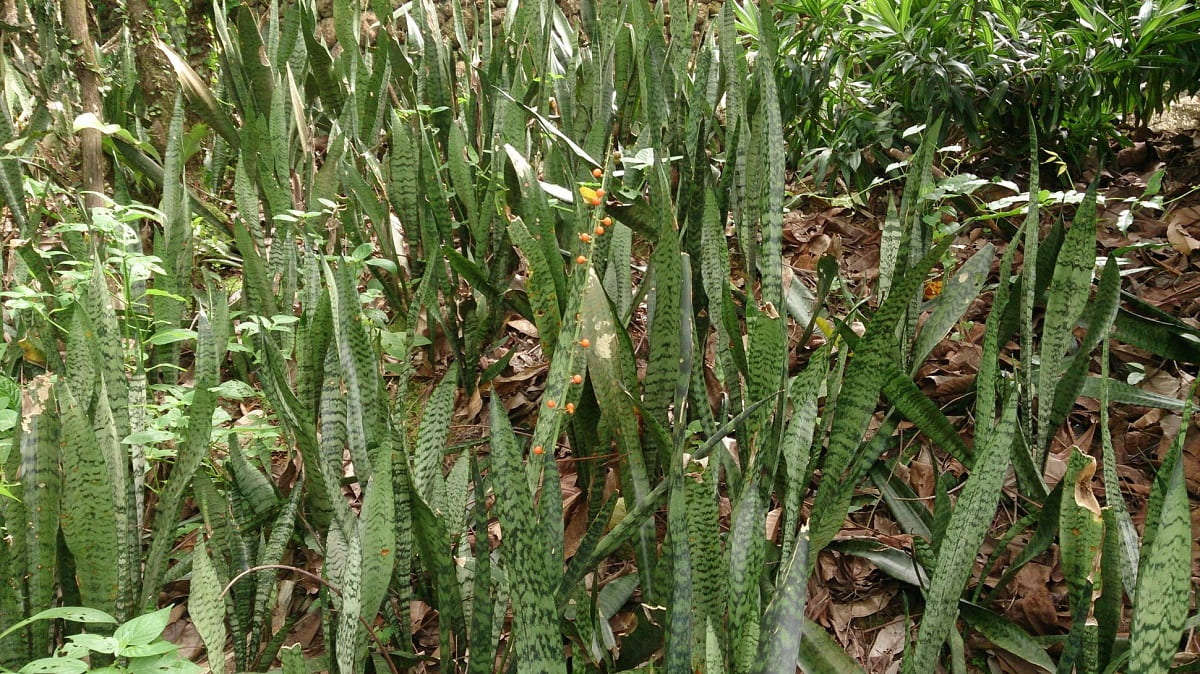
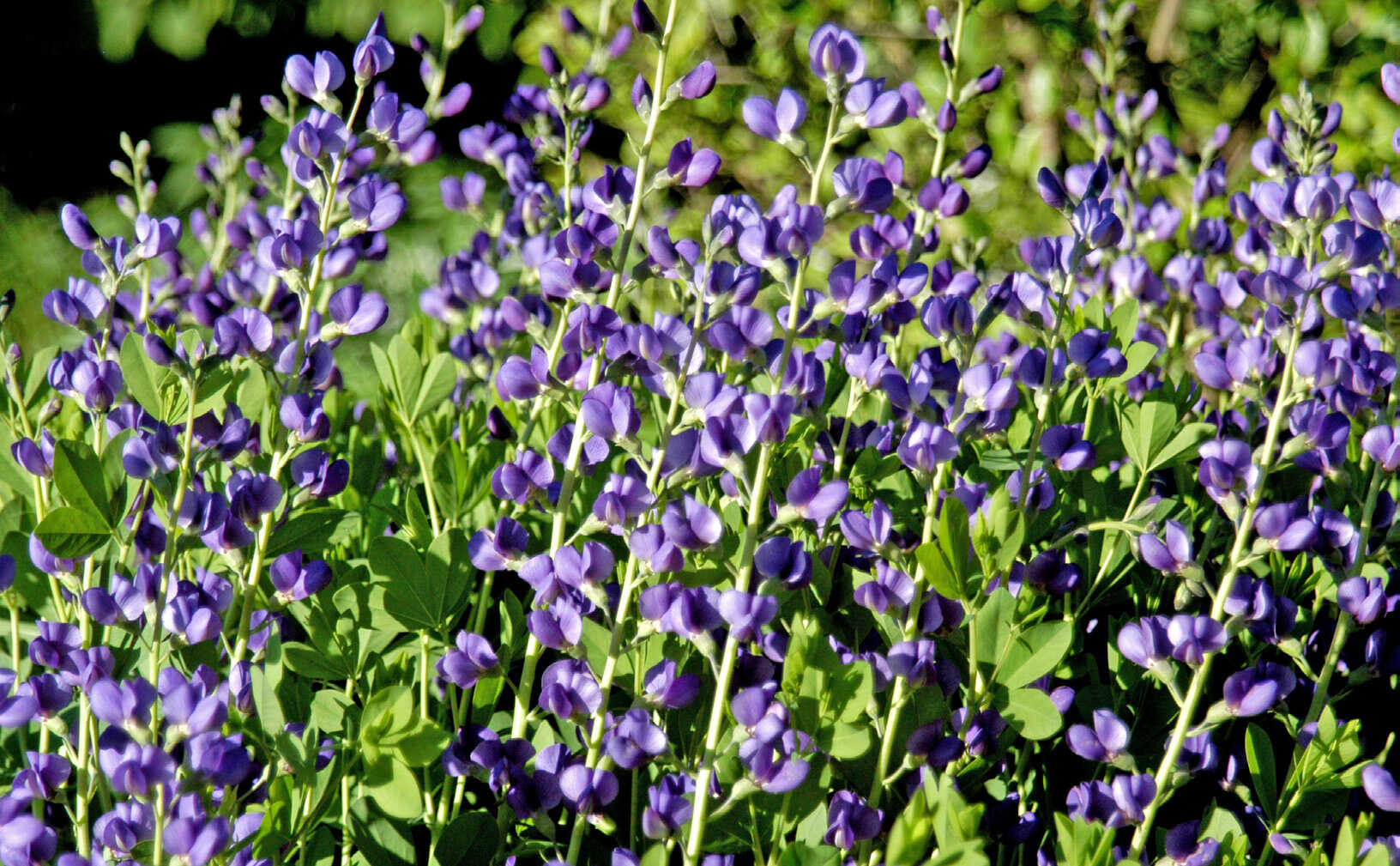
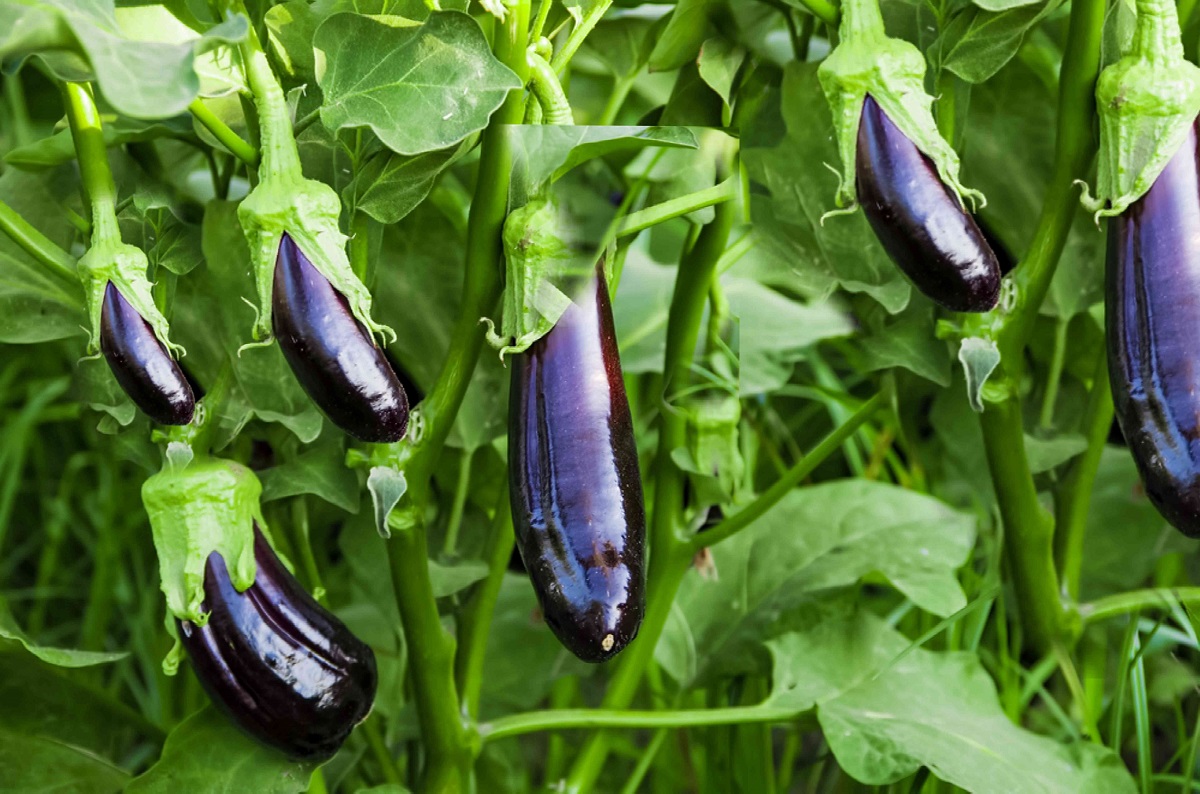
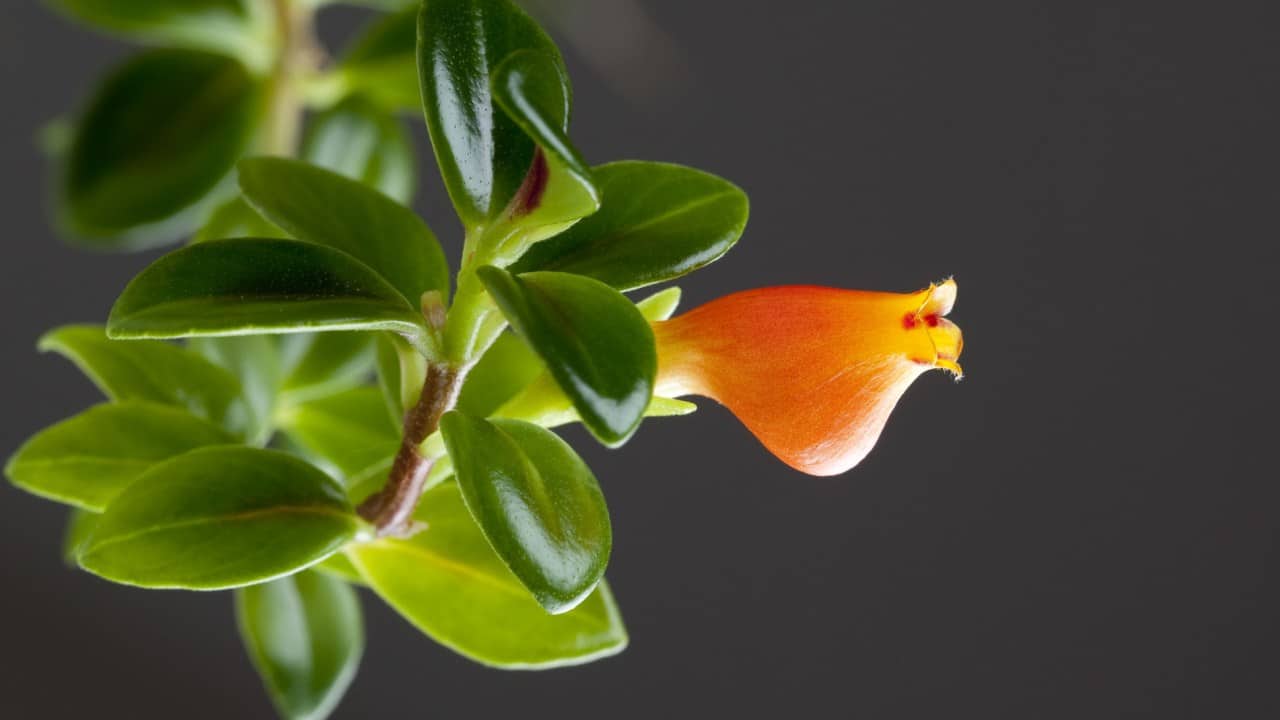
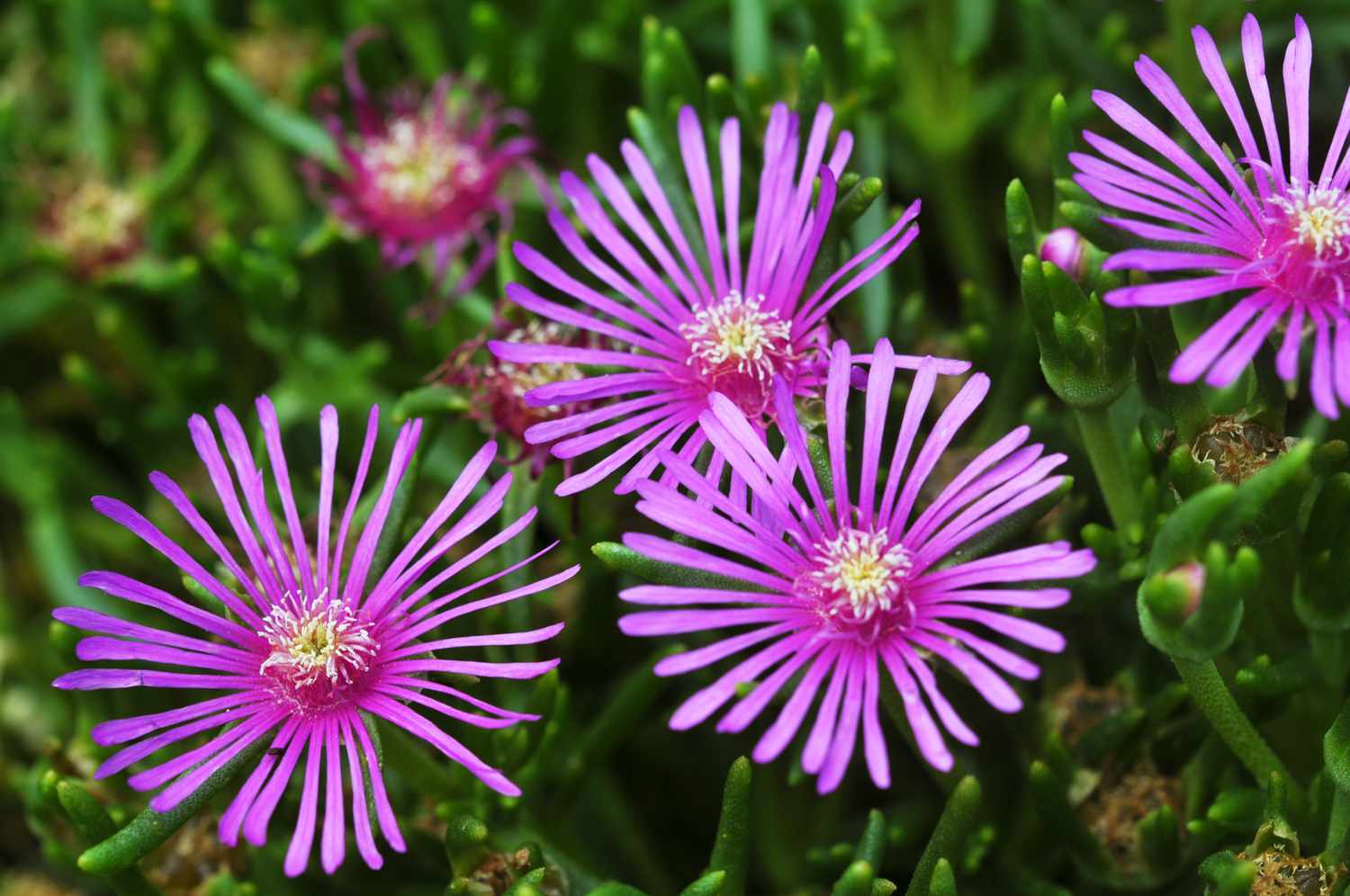
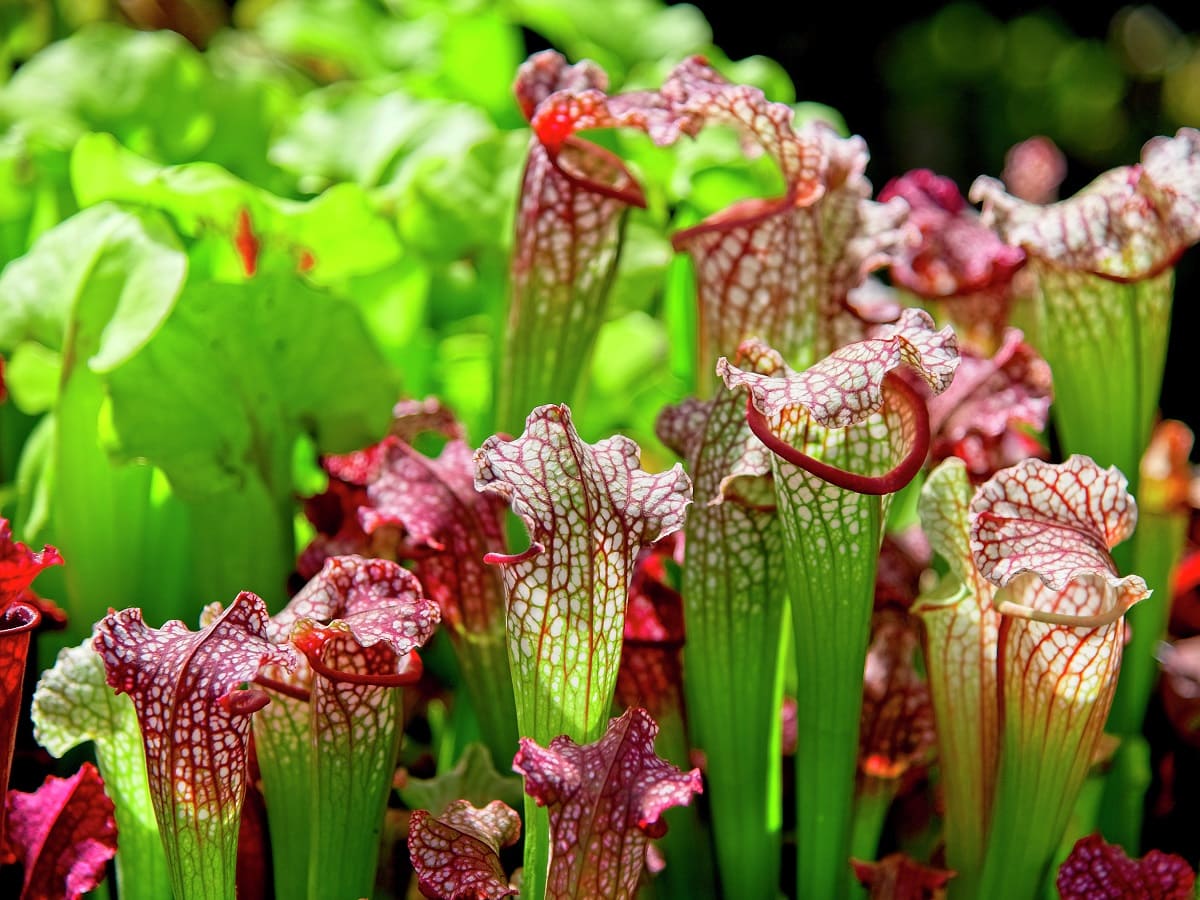
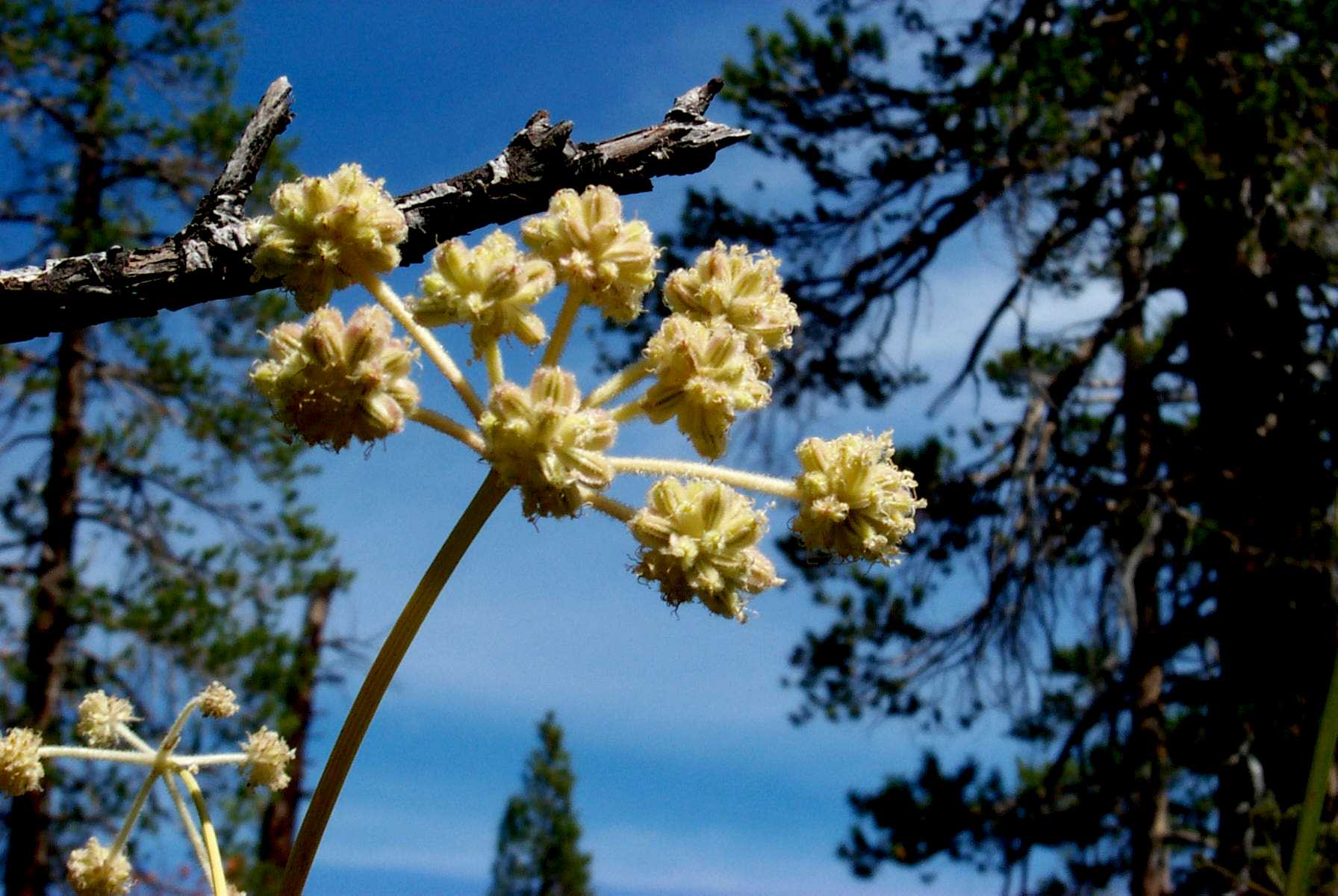
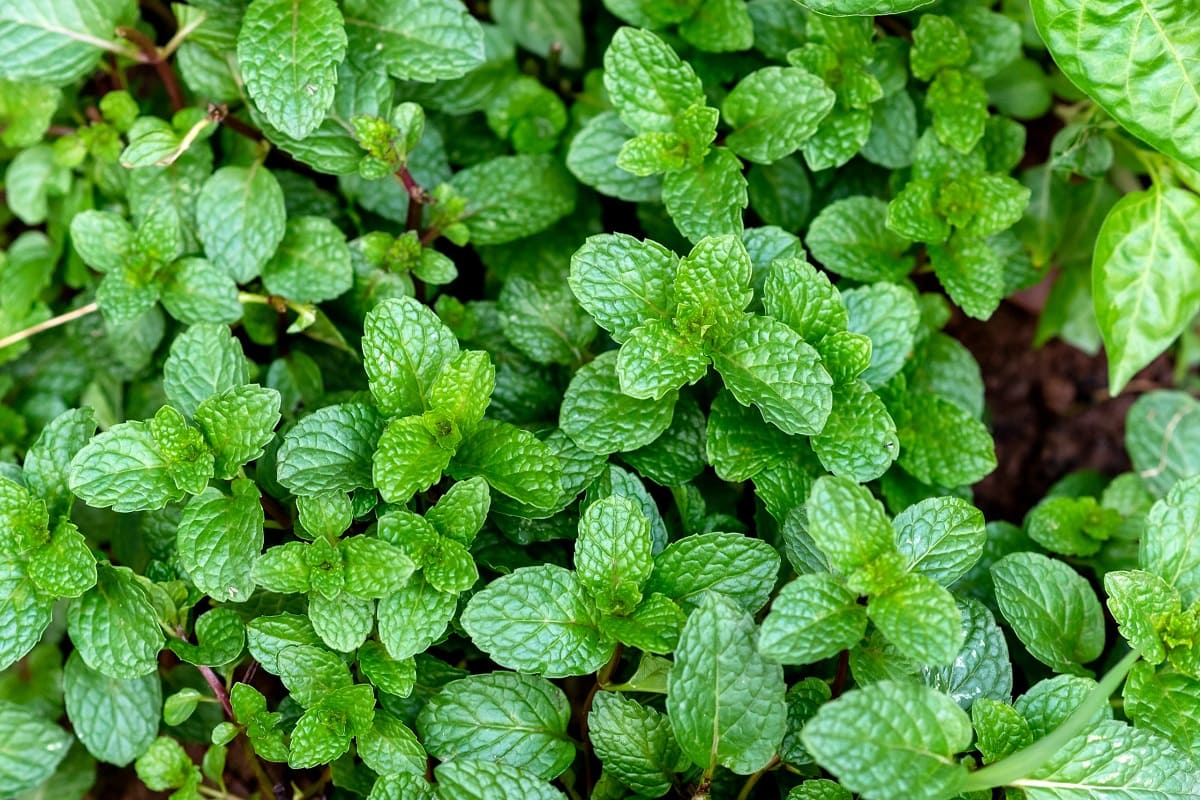
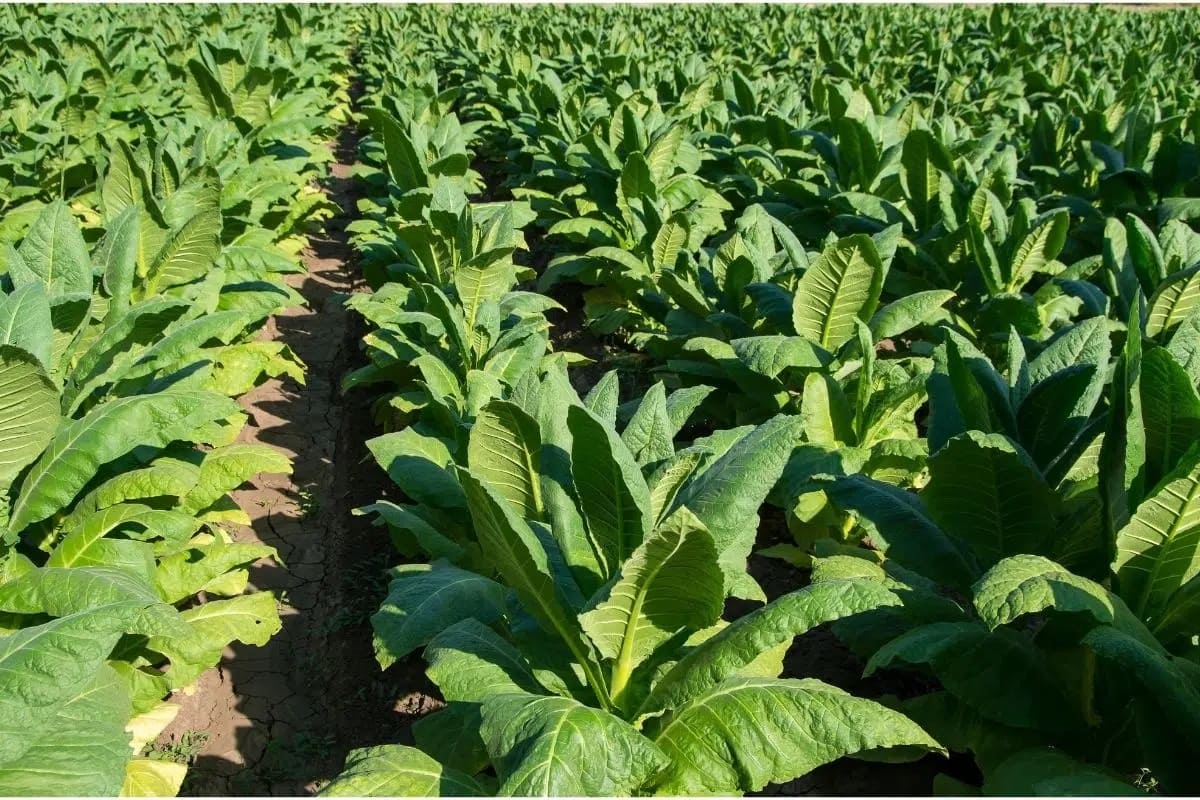
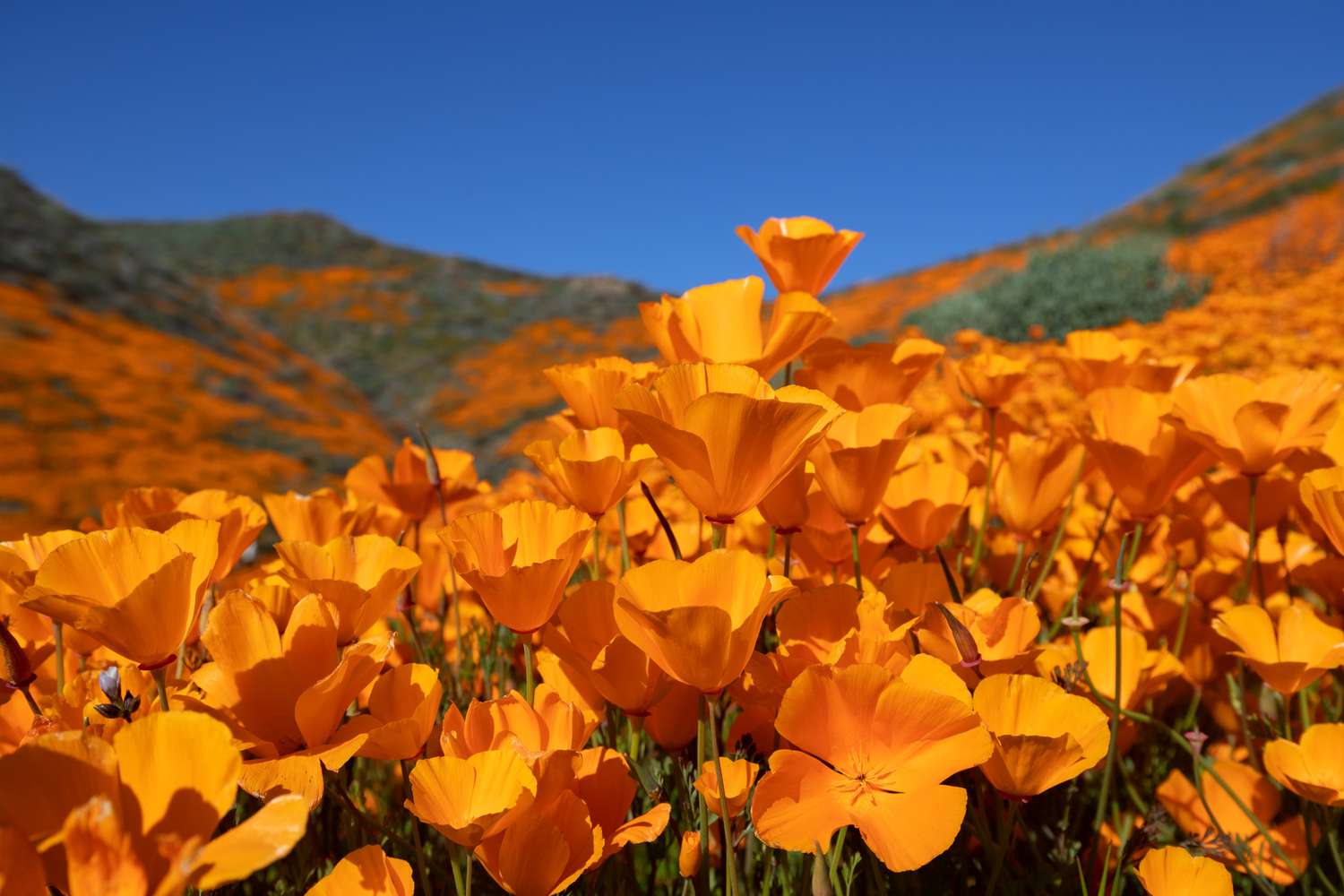
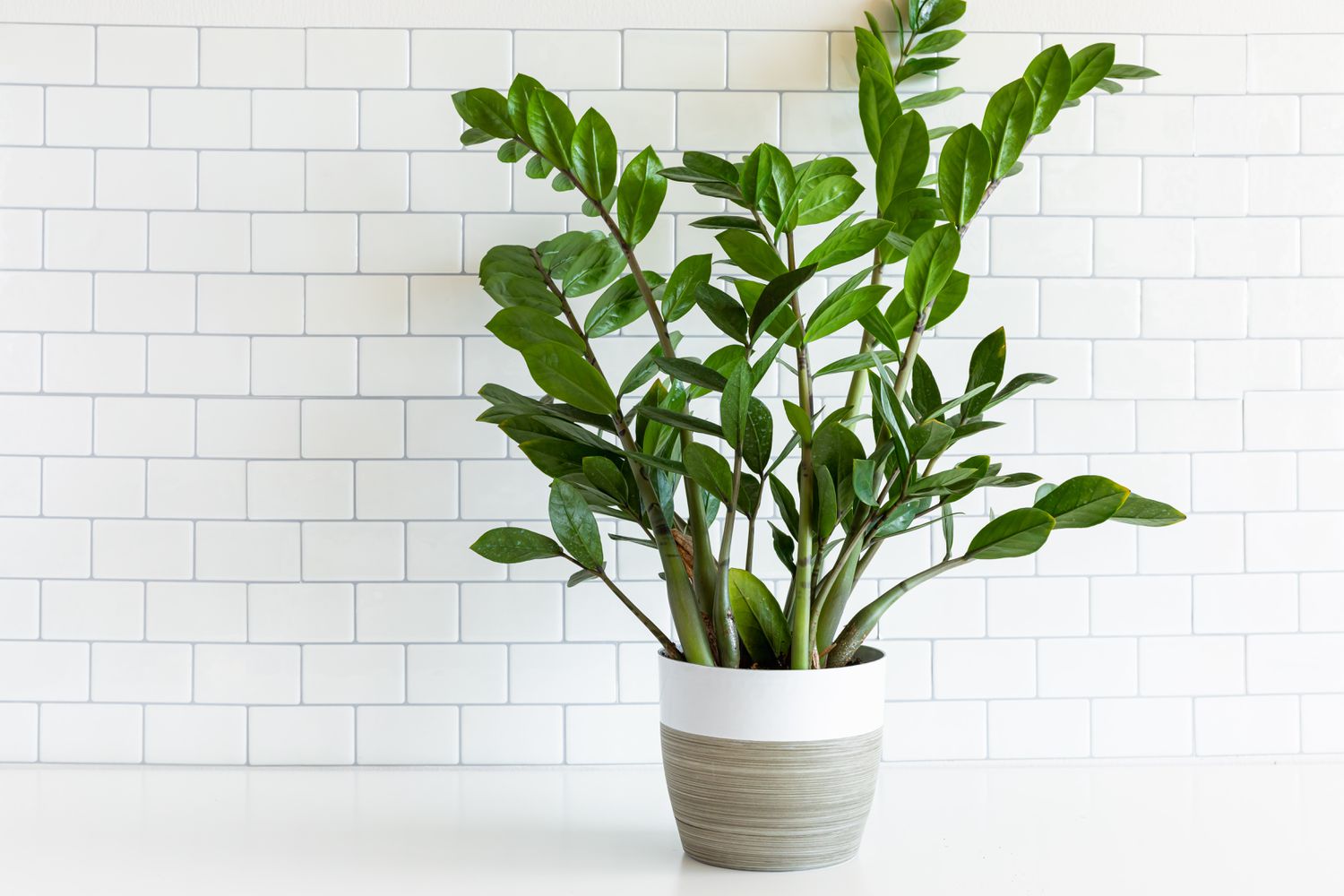

0 thoughts on “Restoring A Yard With Native Plants For Local Wildlife”